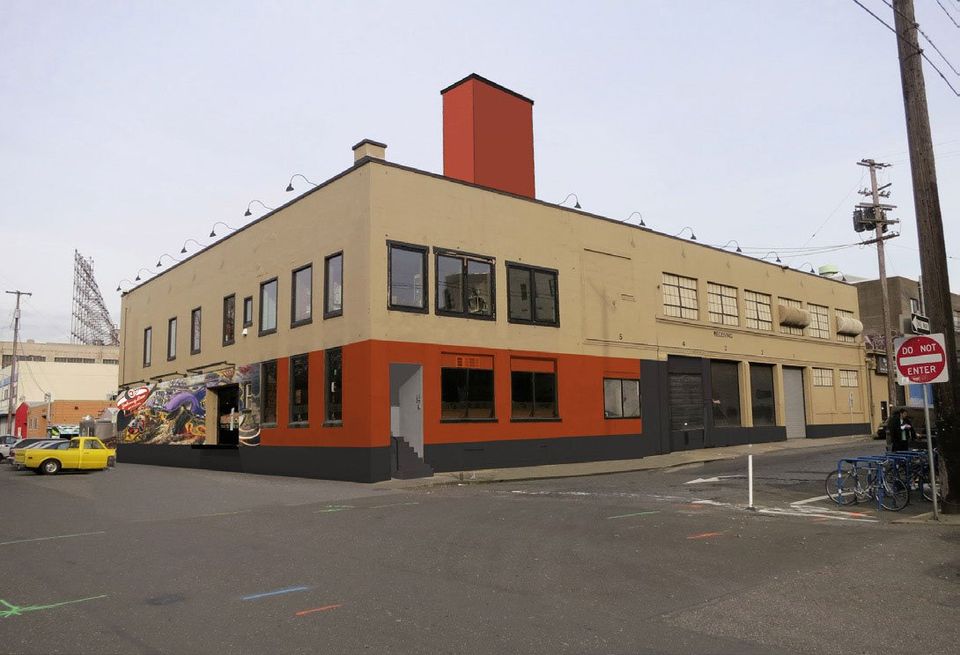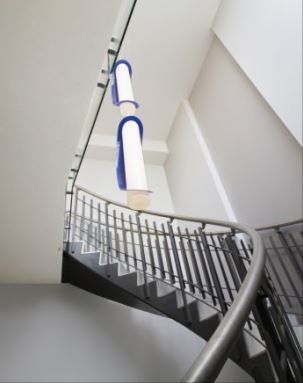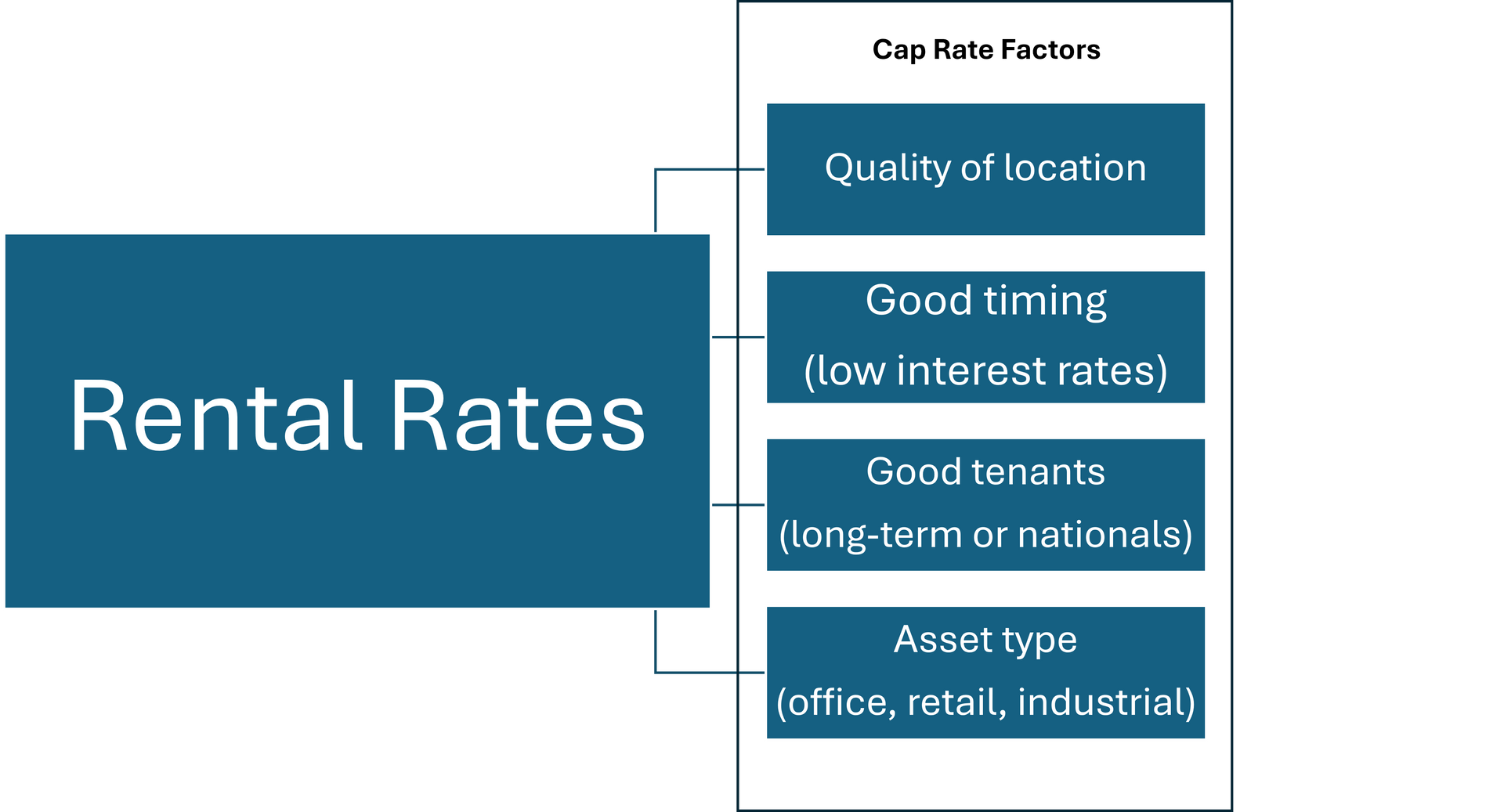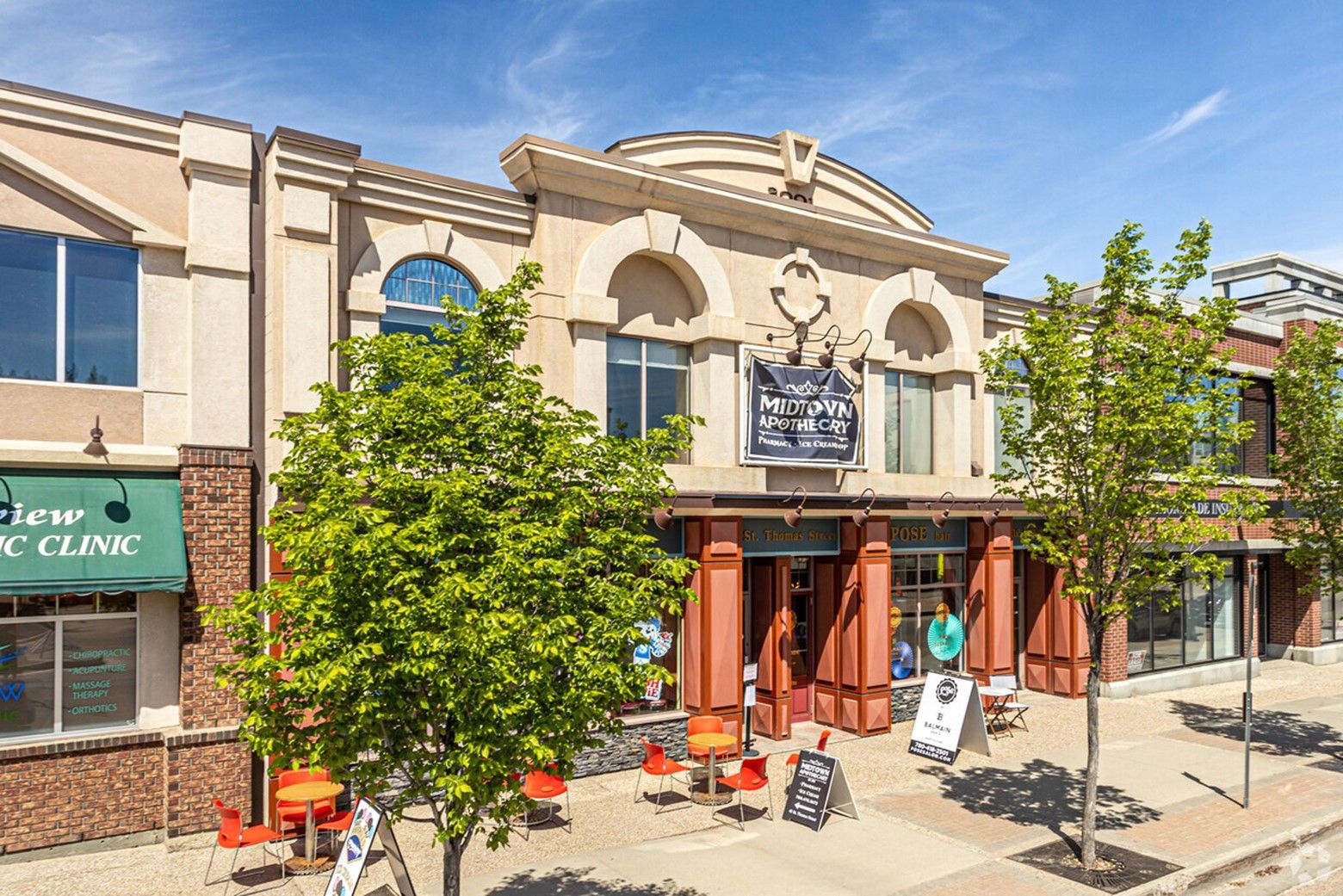The Future of Flex Space
Inexpensive Flex Space can be the Driver of Innovation
Edmonton
has a high volume of vacant “flex space”. Flex is a combination of warehouse
and office, typically lower quality, older buildings in less desirable areas.
These assets typically have a lower lease rate than comparable office spaces,
and in Edmonton, landlords are incredibly competitive because of excess space in the market – especially in West Edmonton.
Flex
space has implications for how cities grow and develop. In Vancouver, older flex/industrial space became the basis of one of the most vibrant artistic communities in Western Canada,
Granville Island. Initially, low lease rates in an undesirable location
(under the bridge) led to the growth of a community where artists could
congregate, work and sell their products.
Portland, Oregon went through a similar
shift following a downturn in the local forestry industry. The abundance of
flex space in Portland led to a contraction of lease rates, and a lower price of doing
business in these areas. Tech companies, who could not afford high real estate prices in Silicon Valley, began relocating their operations to Portland, leading to a boom in the local economy.
Whether
Edmonton’s flex space will lead to new industries such as high tech, or a
revitalized arts community remains to be seen. In many ways, Edmonton lacks the
density and centralization that will lead to something like Granville Island,
and Whyte Ave will likely stay the closest things to an arts scene in
Edmonton. High tech is equally dubious, Don Iveson has suggested that a high
tech corridor would help diversify Edmonton’s economy:
“[our goal is to] create an innovation corridor that runs from NAIT to the University of Alberta, through our downtown – a series
of places where innovation, entrepreneurship, the arts, creativity and vibrant
urban life intersect.”
Such
efforts, while well intended, are unlikely to lead to lasting results as prices
along this corridor are among the highest in the city. Meanwhile,
infrastructure for transit and high speed internet in areas like West Edmonton, where most
existing flex space is located, remains unsuitable for many tech businesses.
The City must choose between subsidizing these industries in areas where they would not naturally go, or investing in infrastructure mirroring efforts have been successful in other jurisdictions.
Do you have questions about where to find flex space in Edmonton, feel free to contact us.












